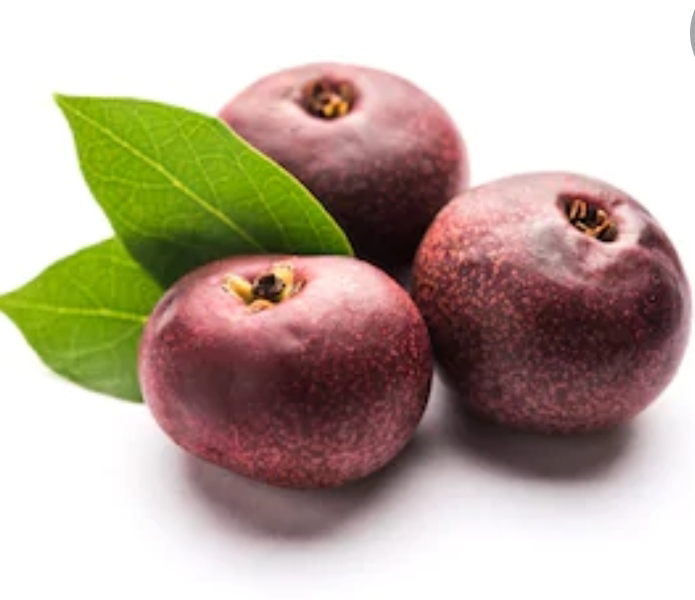Kandhamal haladi and its benefits

Kandhamal Haladi and its benefits - Kandhamal Haladi – India is the leading country in the world in the production of turmeric. There are turmeric or Haladi productions in different regions of our country. Kandhamal is one of the regions where turmeric production and consumption is significant. Kandhamal is a district in Odisha state. It is situated in the south part of the state. This district is full of greenery and amazing hills. Kandhamal is famous for turmeric production. It got a geographical indication (GI) tag in 1 st April 2019. GI tag indicates the uniqueness of a product. The soil of this district is suitable for producing turmeric. Here I will write about the properties and benefits of Kandhamal Haladi. The summer season is best for turmeric production. In other seasons the plant may grow but not the fruit. (Please note - I am not comparing this turmeric type with other turmeric types.) I think all turmeric has similar properties. The percentag...





